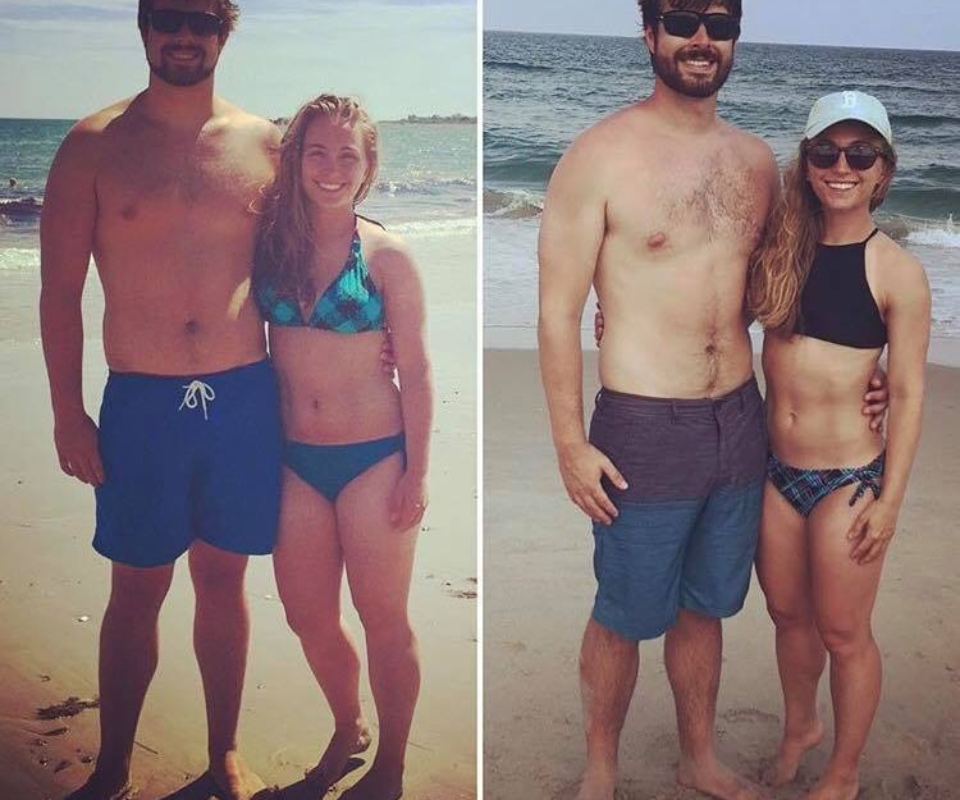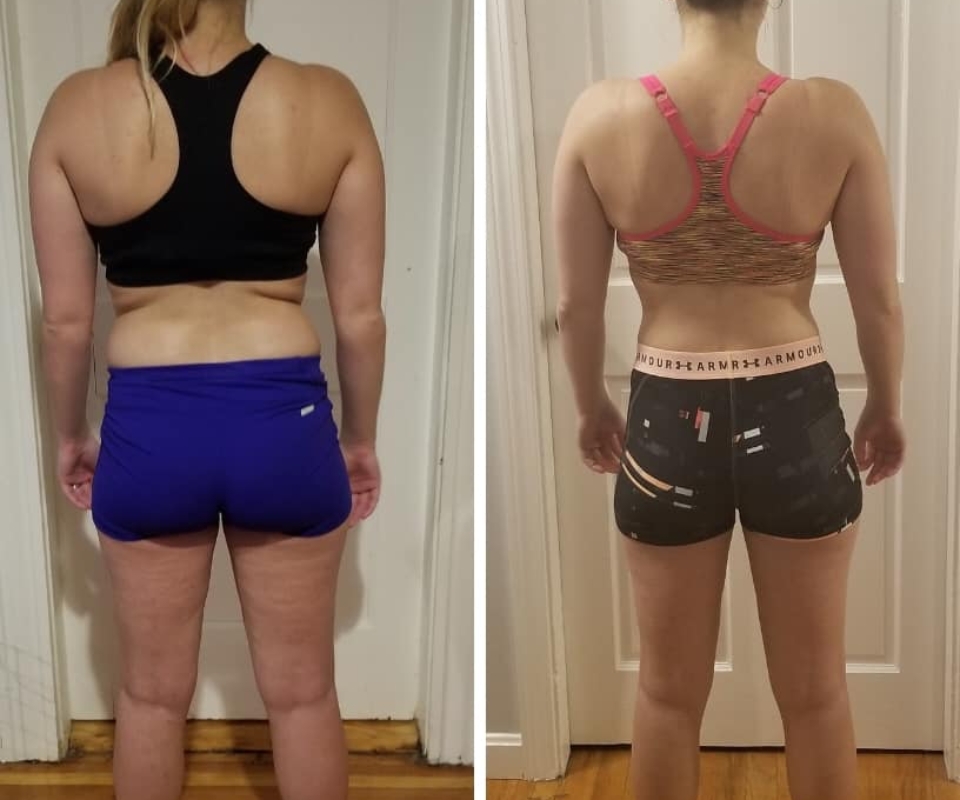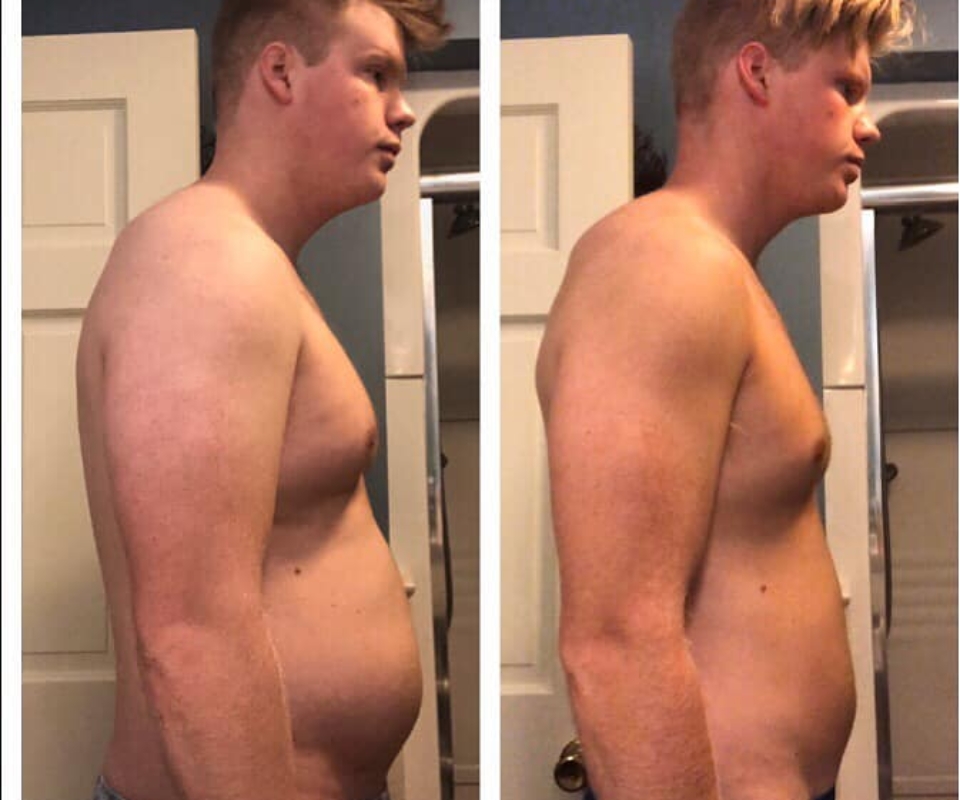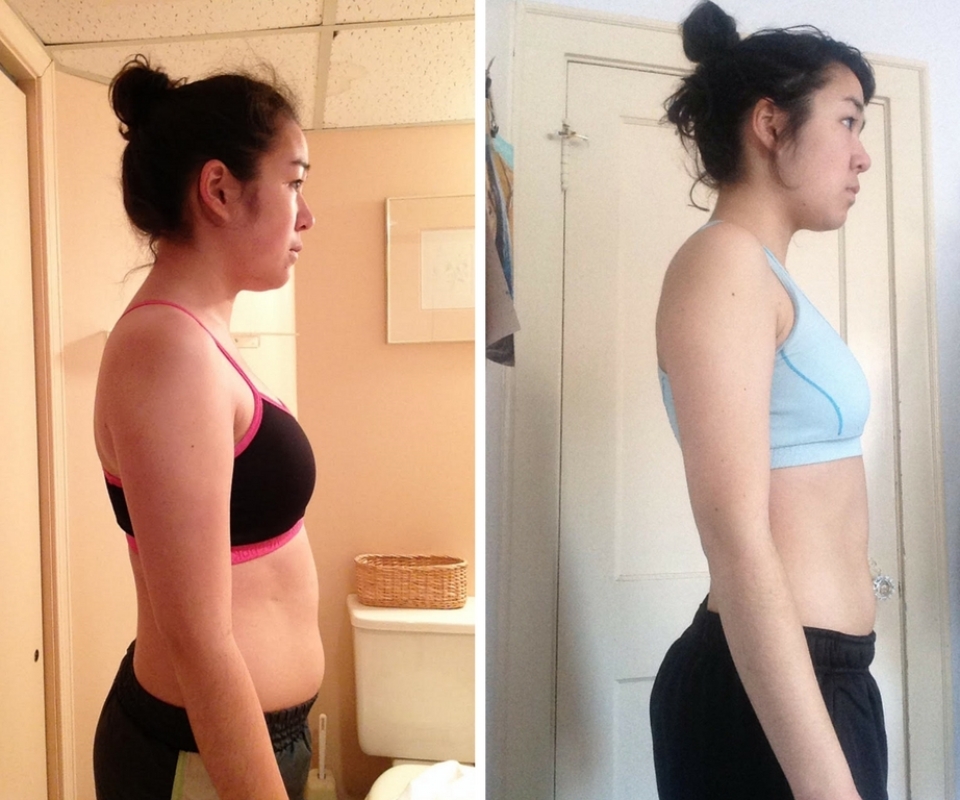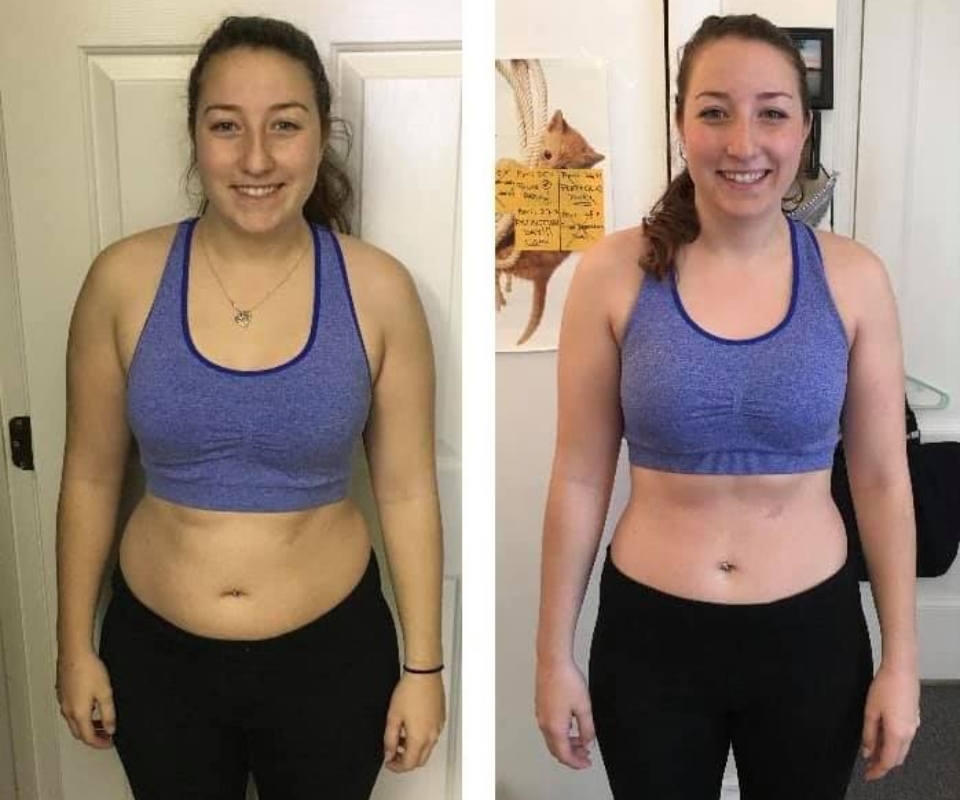Calorie counting is arguably the most effective transformation tool available… IF you avoid eight common mistakes most people don’t even know they’re making.
Unfortunately, they set us up for massive frustration and disappointment—as nobody wants to plan well, weigh portions, and track every last bite (and sip) for nothing. I don’t know about you, but I don’t consider sacrifices like these “fun.”
The good news is, you’re about to learn the fixes for these mistakes, so you cam start getting the biggest return on your transformation efforts—like these clients have:
Ready to dive in?
Mistake #1: Not weighing your portions
Calorie counting is inherently inaccurate, with a 20% margin of error on most labels. So the worst thing you can do is further this discrepancy by pretending you can eyeball portions with any level of accuracy. Studies have shown we’re horrible at this (even WITH food scale experience).
And for what it’s worth, measuring cups and spoons are equally inaccurate (for those looking to maximize their efforts).
I wrote an entire guide on weighing portions (the most effective “progress accelerator”) HERE.
Mistake #2: Not counting consistently
After working with hundreds of clients over 9+ years, I can tell you with the utmost certainty that 99% of people “misrepresent” their calorie intake even when tracking daily. So you can imagine the “damage” done when taking days (and meals) off.
The aforementioned studies have shown we’re more likely to say we’re consuming what we’re “supposed to be,” than we are to be honest with ourselves (and who we’re “reporting” to).
Couple this, with the simple logic that most people “won’t get out of debt without tracking spending” on a regular basis, and it makes overwhelming sense why inconsistently counting isn’t wise.

It’s very hard to get out of debt without tracking purchases. Inconsistently counting calories when trying to lose weight is no different
Mistake #3: Not counting liquid calories
Every morning, I have a “spiked” water with BCAA’s (for flavor) and creatine (for performance). Very few people would log calories for either, as they’re seemingly negligible. The creatine doesn’t even have the calories on the label. But I’ve taken the time to weigh both portions, and realized my water was ~75 calories.
Again, seemingly negligible—but that’s ~2,300 untracked calories per month (a whopping ~8 pound’s worth per year).
So you can imagine what untracked cream and milk in your coffee, cooking oils with dinner, and “small sips” of your partner’s drink do to your weekly deficit. You can easily minimize (and erase) progress by not tracking your liquid calories.
Mistake #4: Justifying unlogged “little stuff”
Admittedly, this has bitten me in the butt more than I care to admit. It’s not uncommon that I’ll grab a “handful” of cashews (100+ calories) on the way out the door, a “pinch” or two of shredded cheese (75+ calories) when making an omelette, or the last few “bites” of my wife’s home fries (150+ calories).
Independently, none of these are a big deal, or harmful to progress. What IS harmful, though, is how infrequently we remember (or admit) we’ve done this—leading to 300-500+ unlogged calories per day. Other examples include:
✕ Cream in your coffee
✕ A little olive oil on the pan
✕ Taste testing while baking
✕ Finishing your kid’s meal
Similar to budgeting, where you can’t ignore “little purchases” and expect to flourish (financially), you can’t ignore “little stuff” when counting, and expect to make consistent progress.

Unlogged cream can add 500-1,000+ calories to your weekly intake
Mistake #5: Eyeballing after “experience” weighing
My long-time clients fall into this trap from time to time. After weeks of consistent progress, they’ll “plateau,” and claim they don’t know why. After some prodding, they’ll admit they feel like they’ve weighed four ounces of chicken enough times to know it when they see it.
Again, there’s an abundance of research to suggest this isn’t true.
And while we shouldn’t be tracking calories and weighing portions forever, it’s a no-brainer until you’ve reached your end goal.
Mistake #6: Not even attempting to track meals out
Imagine tracking your spending all week, only to leave out the the purchase of a flat screen TV over the weekend. Would you be mad, come Monday, when you realize your budget was blown?
Of course not.
So why would you track your calories all week, take a splurge meal (or two or three) “off,” and be mad you’re not making progress?
After all, many restaurant entrées are 1,200-1,500+ calories (not including drinks, dessert, OR an appetizer). If you don’t even attempt to track this, you may not realize it, and (A) be irrationally upset when your progress stalls, and (B) make worse choices than you would’ve IF you’d stayed in touch with your numbers.
This graph paints a picture of what can happen in just two “blowout” days:
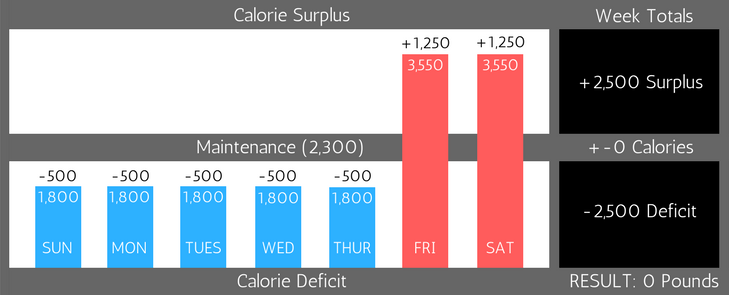
I wrote an entire guide on tracking while out HERE. Here’s the TL;DR version:
1) Search for your meal in MyFitnessPal
2) Assess the most common calorie entries
3) Pick the average of the 3-5 you see the most
4) Round up 20% (ex. ~100 to ~120 calories)
At a minimum, this will get you in the ballpark.
Mistake #7: Tracking choices (not calories)
This is (understandably) common with new dieters, who think logging an “apple” in MyFitnessPal is adequate for counting purposes. Unfortunately, it’s not. All you’re really doing is tracking your choice—as an apple can be ~70 calories OR ~150 calories (as shown in this video I made for my group coaching member):
You need to break out the scale and weigh your portions (or use THIS strategy when you don’t have your scale available).
Mistake #8: Dropping calories prematurely
Being that most of us are wildly out of touch with how many calories we’re consuming (because of a lack of familiarity with the mistakes I’ve listed), it’s common to “panic” and drop calories prematurely when we don’t see the scale budge.
The reality is, your “plateau” isn’t a “plateau.”
You’re simply consuming more calories than you think (or admit), and need to accurately count for 2-3 weeks (with NO gaps in effort) before even considering a modification. For context, I rarely drop VIP Nutrition Coaching client’s calories more than 2-3 times per year, and it produces transformations like Tina’s (who only dropped twice in a year):

And my mother’s (who only dropped calories three times in two years en route to a 70+ pound loss):

If you find this difficult, and you’d like to leave the calculating, assessing, and modifying to someone else, and follow a personalized plan with no guesswork, you can learn more about the VIP Nutrition Coaching Program here:
As an VIP client:
✓ You won’t have to suffer through sub-1,200 calorie diets
✓ You’ll learn exactly how to maximize your counting efforts
✓ You’ll be held accountable if you begin cutting corners
Again, you can learn more (and apply):


